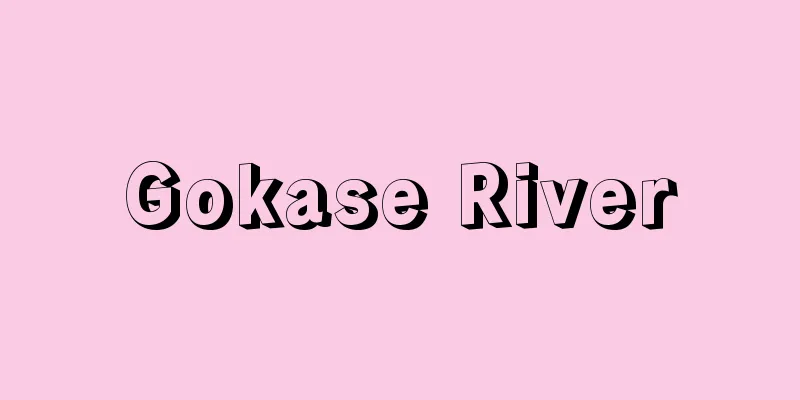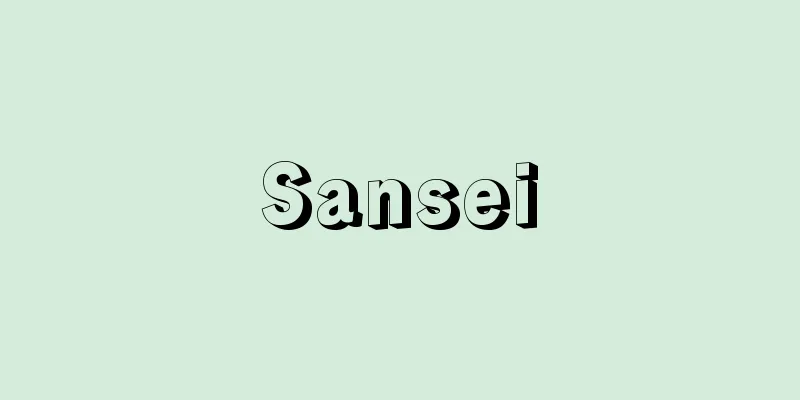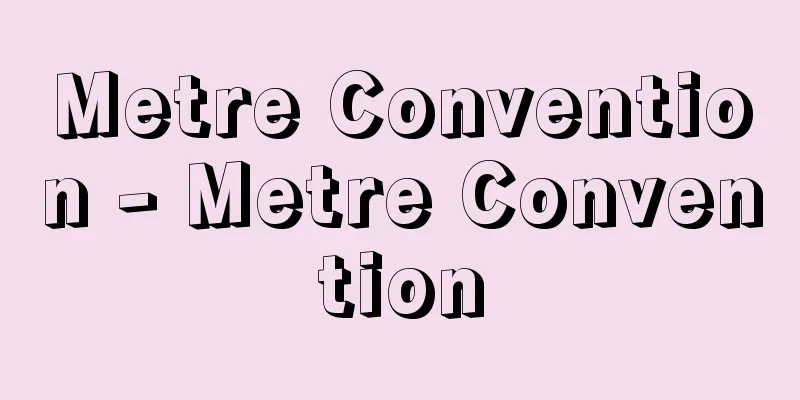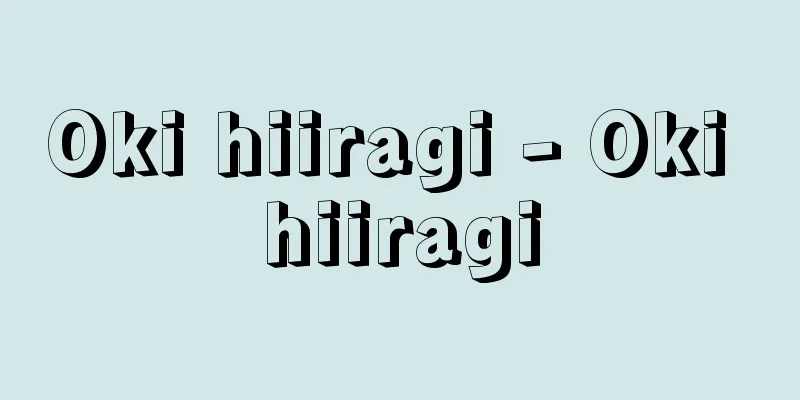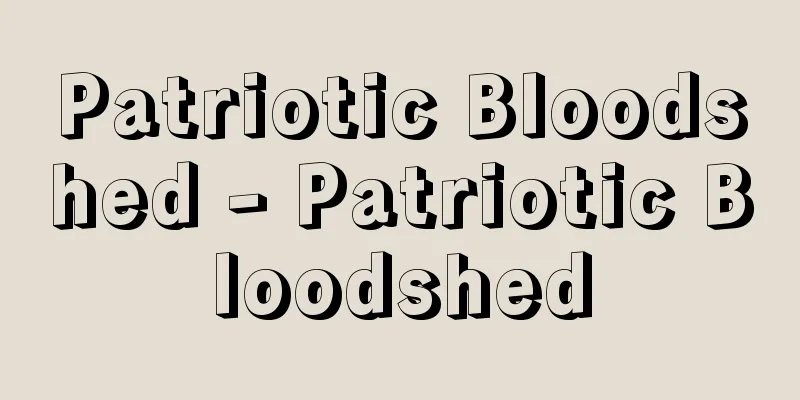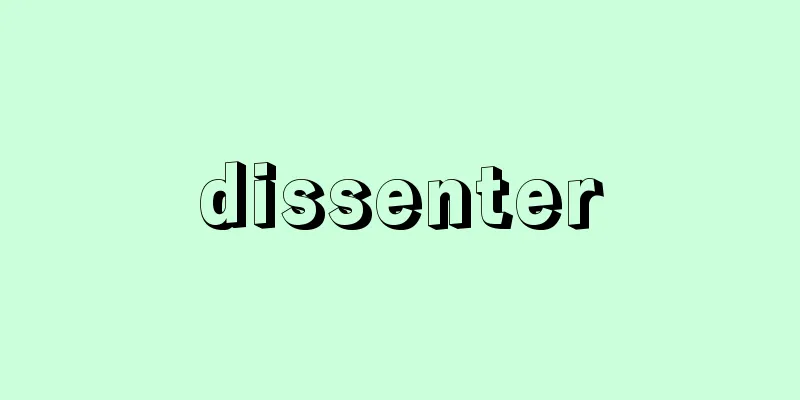Petroleum Industry Law
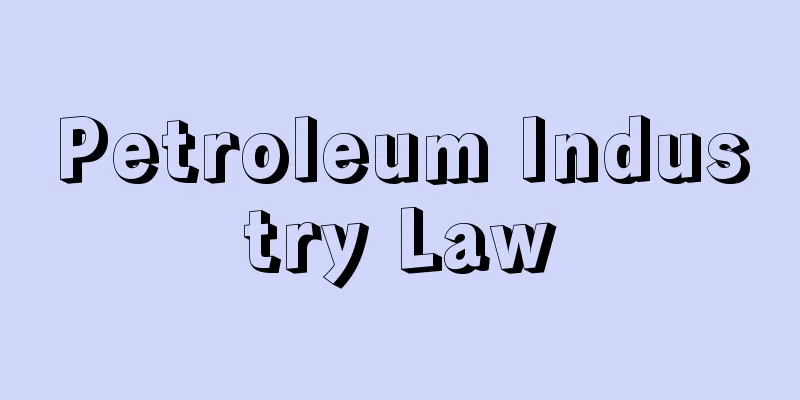
|
This law was the core of Japan's oil policy system, enacted in 1962. In preparation for the liberalization of crude oil imports, which was an issue at the time, this law was enacted to prevent international oil majors from dominating the Japanese oil market and to prevent market turmoil caused by excessive competition. The specific means of regulating the oil industry under this law included permits for refining facilities, permits for refiners, notifications of oil product production plans, notifications of oil import businesses and import plans, and the formulation of oil supply plans. Furthermore, the Ministry of International Trade and Industry (now the Ministry of Economy, Trade and Industry) has regulated the oil industry through administrative guidance based on the Petroleum Industry Law. However, in line with the international trend toward market liberalization and deregulation that has continued since the 1980s, deregulation has also gradually progressed in Japan's oil industry, with the implementation of a five-year action program for deregulation in 1987, the abolition of the Temporary Measures Law on the Import of Specified Petroleum Products in 1996, the general liberalization of petroleum product exports in 1997, and the lifting of the ban on self-service gas stations in 1998. Furthermore, the Petroleum Subcommittee of the Advisory Committee for Natural Resources and Energy of the Ministry of Economy, Trade and Industry (formerly the Petroleum Council) has been holding discussions on a fundamental review of the Petroleum Industry Law itself. [Ken Koyama] As a result, the Petroleum Industry Law was abolished in January 2002, achieving the liberalization of the petroleum industry. At the same time, the Petroleum Stockpiling Law was revised to establish a registration system for importers and to strengthen the petroleum stockpiling system. [Editorial Department] [References] | |Source: Shogakukan Encyclopedia Nipponica About Encyclopedia Nipponica Information | Legend |
|
1962年(昭和37)に施行された日本の石油政策体系の中心をなした法律。当時問題となっていた日本の原油輸入自由化に備え、国際石油資本(メジャー)による日本石油市場の支配および過当競争による市場混乱を防止するため制定された。 この法律による具体的な石油産業規制の手段としては、精製設備の許可、精製業者の許可、石油製品生産計画の届け出、石油輸入業・輸入計画の届け出、石油供給計画の策定が規定された。さらに、通産省(現経済産業省)は石油業法に基づき、行政指導によって石油産業を規制してきた。 しかし、1980年代以降の国際的な市場自由化・規制緩和の流れのなかで、日本の石油産業に関しても、87年の規制緩和5か年アクションプログラムの実施、96年(平成8)の特定石油製品輸入暫定措置法の廃止、97年の石油製品輸出原則自由化、98年のセルフ・ガソリンスタンドの解禁等、徐々に規制緩和が進展してきた。 さらに、経済産業省の総合資源エネルギー調査会石油分科会(旧石油審議会)においては、石油業法そのものの抜本的見直しのための議論が行われてきた。 [小山 堅] その結果、2002年1月に石油業法は廃止され、これにより、石油産業の自由化が達成された。同時に石油備蓄法の改正が行われ、輸入業者の登録制度と、石油備蓄制度の強化が図られた。 [編集部] [参照項目] | |出典 小学館 日本大百科全書(ニッポニカ)日本大百科全書(ニッポニカ)について 情報 | 凡例 |
<<: Japan Petroleum Corporation
Recommend
Equatorial Countercurrent
An ocean current that flows eastward slightly nort...
Agricultural education
Generally, it refers to education aimed at increas...
Isa - Isa
A city in the northern part of Kagoshima Prefectur...
Eckener, H. - Eckener
…In May 1926, he successfully flew across the Nor...
Osaka Gold Magistrate
…In 1726 (Kyoho 11), the payment of coins also be...
Pandanus andamanensis (English spelling) Pandanusandamanensis
… [Mitsuru Hotta]... *Some of the terminology tha...
Sanaburi
It is a celebration of the end of rice planting. ...
Anticancer drugs - anticancer drugs
Also called anticancer drugs. Chemotherapy agents ...
nephridium
…The kidney is an excretory organ common to all v...
Karman vortex street
When a flow hits a cylindrical object at a right a...
Comedy - Shogeki
Generally, a play intended to make people laugh. A...
Ube Iron Works Co., Ltd.
...The company's founding dates back to 1897,...
Naval Air Force - Kaigunkoukuubutai
…(3) Electronic warfare, air rescue, etc. [Army/N...
Tentative - tentative
〘noun〙① Something that is made temporarily. Also, ...
Issengiri - One-sen-kiri
Punishment in the Azuchi-Momoyama period. This wo...


